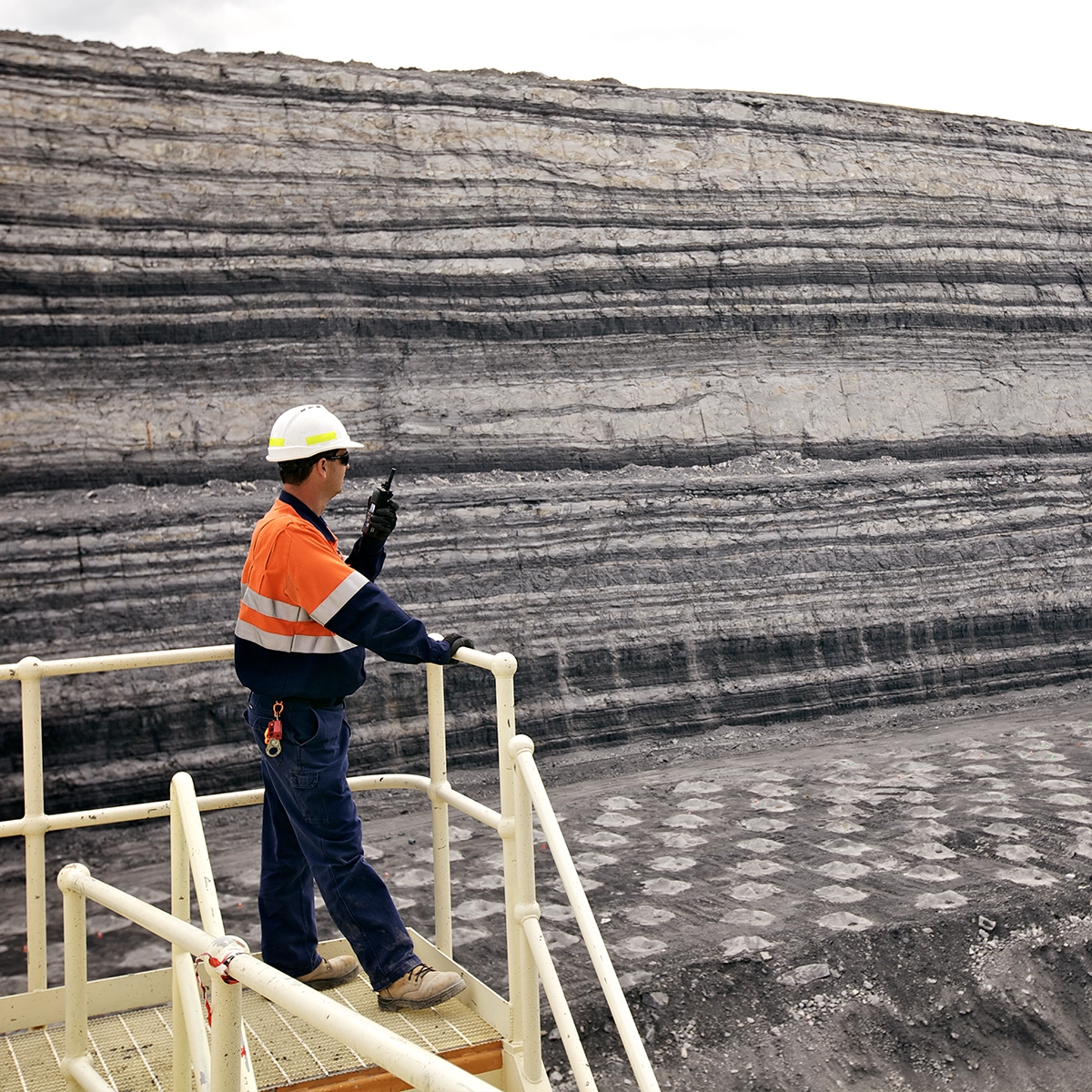Going the Distance. Long Range Communications Assured with Microwave
Purpose-built for long-distance communication, microwave network links enable the high-speed transmission of large volumes of data—ideal for locations where traditional wired or fibre connections are impractical or unavailable. Recognised as a reliable wireless alternative, microwave technology supports critical connectivity across remote and industrial environments.
Microwave links are established by mounting directional antennas on communication towers, creating a direct line-of-sight connection between two fixed points. These links can carry various data types, including audio, video and digital information.
The effective range of a microwave link depends on factors such as antenna size, frequency band and link capacity. To ensure consistent performance, maintaining a clear line of sight between endpoints is essential.

Scalable and Customisable to Suit User Requirements
Microwave links are widely used in 4G and 5G LTE backhaul networks, as well as in 2G (GSM), 3G (UMTS), Wi-MAN and corporate networks. Their ease of deployment and flexible configuration make them a preferred solution for scalable, long-range communication.
Deployment varies based on the user’s location, budget and feature requirements. A typical setup includes a radio unit and an antenna, with radio configurations available as Full Outdoor, Split Mount or Full Indoor systems.
Microwave links can operate on either licensed or unlicensed frequency bands. For commercial use, licensed bands are generally required and preferred, offering enhanced privacy, security and interference protection.
End-to-End Microwave Solutions, Delivered with Confidence
As a turnkey communications provider, CSE Crosscom supports every stage of your microwave deployment—from initial consultation to full system implementation. We supply the right equipment, manage programming, install towers, connect units and ensure the final system performs as required.
Our consultative approach considers key factors such as distance, capacity, line-of-sight availability, licensing requirements and existing infrastructure—ensuring each solution is tailored to your operational needs.

